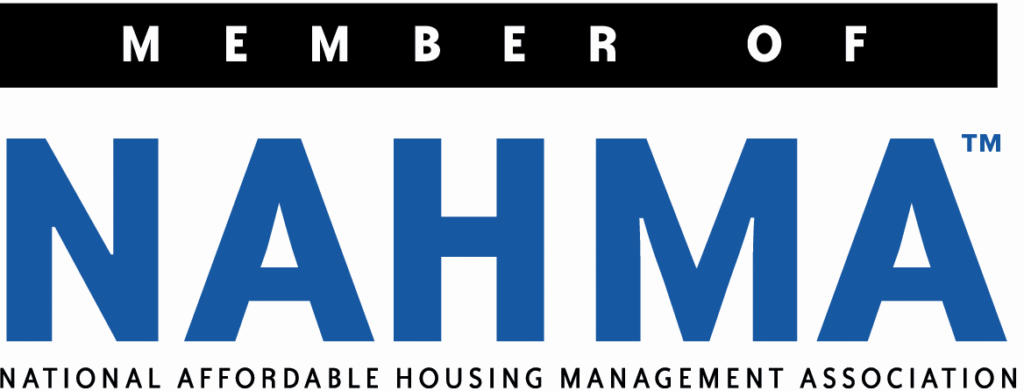When job applicants compete for the best jobs, employers receive dozens — sometimes even hundreds — of resumes. Going through each one in detail is impossible. Recruiters, human resources staff, and hiring managers may spend mere seconds on each resume to determine who can be weeded out quickly.
From an applicant’s perspective, this practice may seem harsh, but it is necessary for employers to whittle down to a reasonable number of candidates for consideration. In the screening process, employers look for two basic criteria: Does the candidate meet the job posting’s minimum qualifications? And are the application materials (resumes, cover letters, writing samples, portfolios, etc.) free from mistakes?
The answers to these two questions determine whether a candidate’s materials will be read more thoroughly later or will be tossed aside never to be seen again. In order to get past the first round of screening, make sure you avoid these common job application mistakes that ruin your chance of getting hired.
1. Submitting after the deadline
Job postings have closing dates to give employers a timeframe for the hiring process. Adhering to those timelines is an issue of fairness. If an employer accepts one resume after the deadline while rejecting other late submissions, that would be unfair. Rather than admitting late candidates into the hiring competition, it is easier and faster for employers to cut off submissions at the deadline. In most cases, missing the job application deadline means you won’t get the job.
2. Leaving out necessary information
Application materials should be complete with all the necessary information displayed in a way that makes that information easy for the reader to find. When choosing a resume template, look for ones that are visually appealing and have spots for all the pertinent information. You may even use different templates based on what information seems to be most important to different employers.
Leaving out necessary information makes employers think an applicant is hiding something. If you have a gap in employment, briefly explain why. Be as positive as you can even if the circumstances causing the gap do not portray you in the best light. It’s better to be forthcoming on the application than to drop a bombshell in an interview.
Including all necessary information also means completing all the blanks on job application forms, background check authorizations, and other documents an employer wants to be filled out and returned. Read and follow the instructions carefully. Don’t cause the employer to return the forms to you for corrections. In many cases, the employer won’t bother sending them back. They’ll just move onto another candidate.
3. Not meeting the minimum qualifications
Hiring managers can’t stand combing through resumes for applicants who do not meet the minimum qualifications outlined in the job posting. In this area, the applicant makes one of two errors. Either the applicant does not have the experience, education, or skills outlined in the job posting, or the applicant has not expressed clearly enough that he or she in fact does meet the minimum qualifications.
Don’t take a scattershot approach with your resume. Make sure you align with what an employer says they’re looking for. Do you have the hard skills and soft skills they want in a new hire? Spend your time on the jobs you’re most likely to land-based on how you fit with the organizational role and employer.
4. Not customizing application materials
During a job search, it’s easy to get into a rhythm in preparing application documents. You develop a cover letter that works for you. You switch out some key pieces of information like the company name and job title but largely keep the same paragraphs highlighting your knowledge, skills, and abilities.
This process makes it easy to crank out job posting responses, but it can lead you into some common errors. The find and replace functionality in Word and Google Docs is helpful, but it may not catch everything you need to change.
Additionally, submitting similar application packets can make your writing appear stale. The pat introductions and closings can come off as insincere, and your cover letter starts to look like everyone else’s cover letters.
5. Neglecting a final proofread
Spelling and grammatical errors are easy to make, even for the best writers. Prepare your application materials several days before you intend to send them. This gives you time to come back to them with fresh eyes. You’ll catch those comma splices and split infinitives you overlooked the day before. If you can, have a friend or colleague look over your writing to make sure it is clear and error-free.





